HTSI editor’s letter: vitamin D for the soul
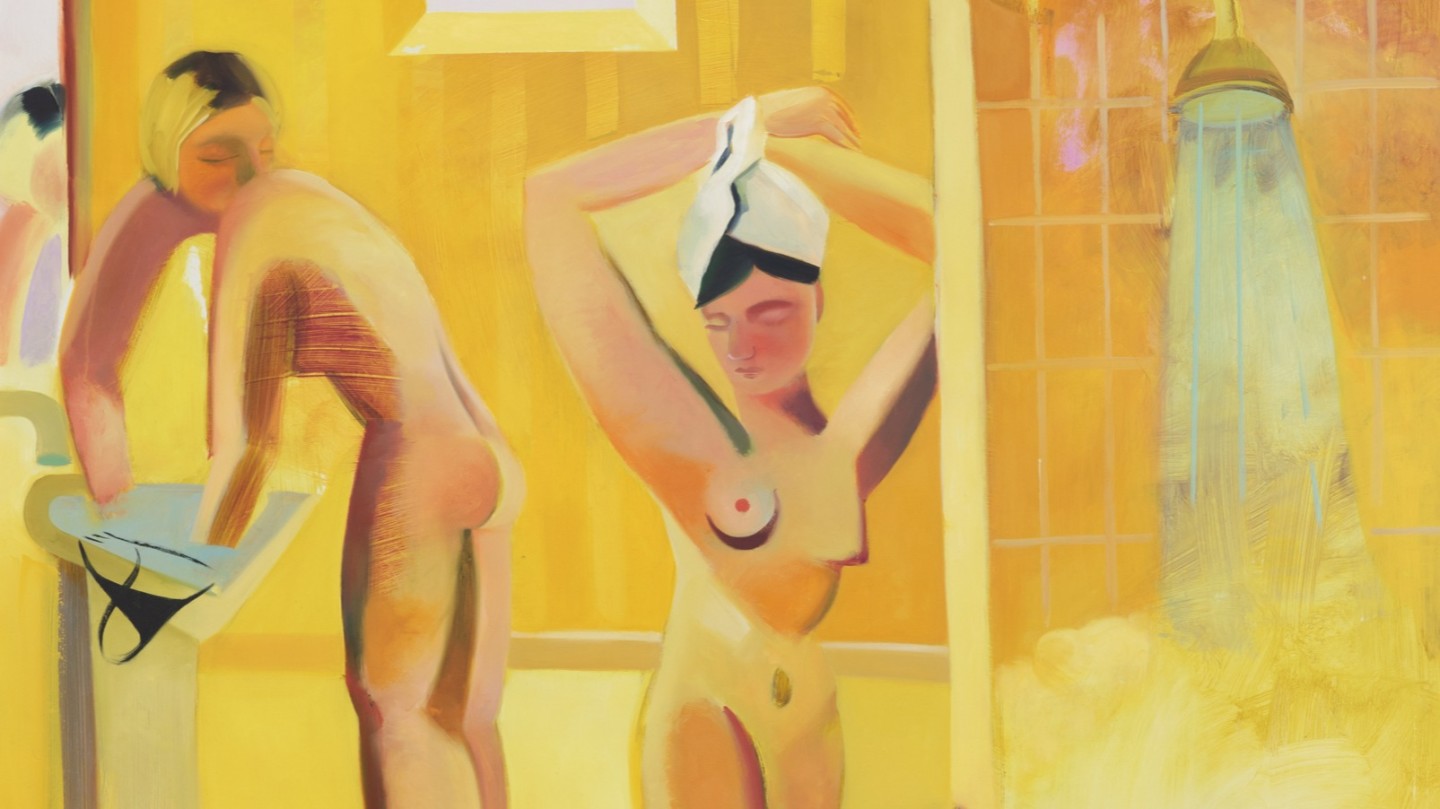
Simply sign up to the Style myFT Digest -- delivered directly to your inbox.
I quite like January. It’s a simple, no-frills, unpretentious month: grey, cold, raining, generally unsocial. Chinese New Year and Burns Night offer a flash of festive excitement, but otherwise it’s the month you just have to sit out.

Now, as we approach its final weekend, things are beginning to feel a bit more optimistic. And what could be more cheering than a giant cloud of mimosa announcing the possibility of spring? In fact it’s not strictly mimosa, as Aimee Farrell discovers, it’s the acacia plant that we have come to love. A species that arrived in Europe from south-eastern Australia and Tasmania in the early 19th century, the acacia boasts more than 1,000 varieties, of which the golden mimosa is best known. Whatever it is, wherever it came from, I can’t get enough of the tiny buds of yellow that start to populate florists’ windows and flower stalls at this time of the year. They are the epitome of jolly. There’s something deeply satisfying about sticking a great sprig of it in a dark corner: an act of defiance, an exhortation that, yes, goddamnit, spring is in the air. No wonder the flower is exchanged between women to mark International Women’s Day – it’s fragile but empowering, and so very overwhelming – and no surprise that so many artists have been inspired by its flowers. What I hadn’t realised was how many people like to eat and drink it. Ah, mimosa – it’s a shot of vitamin D for the soul.
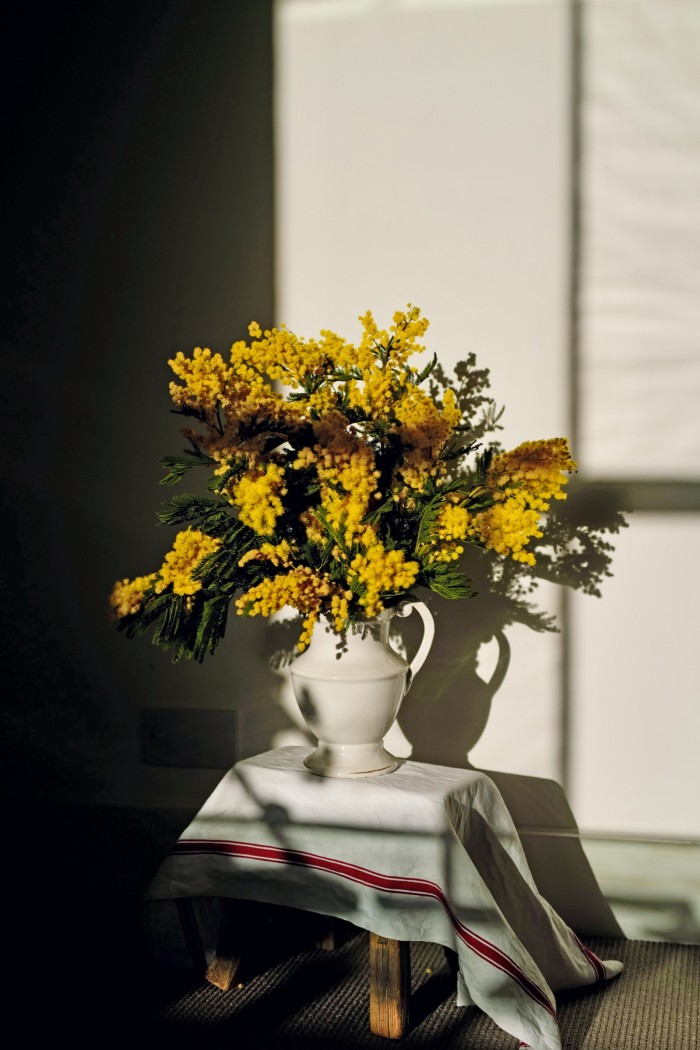
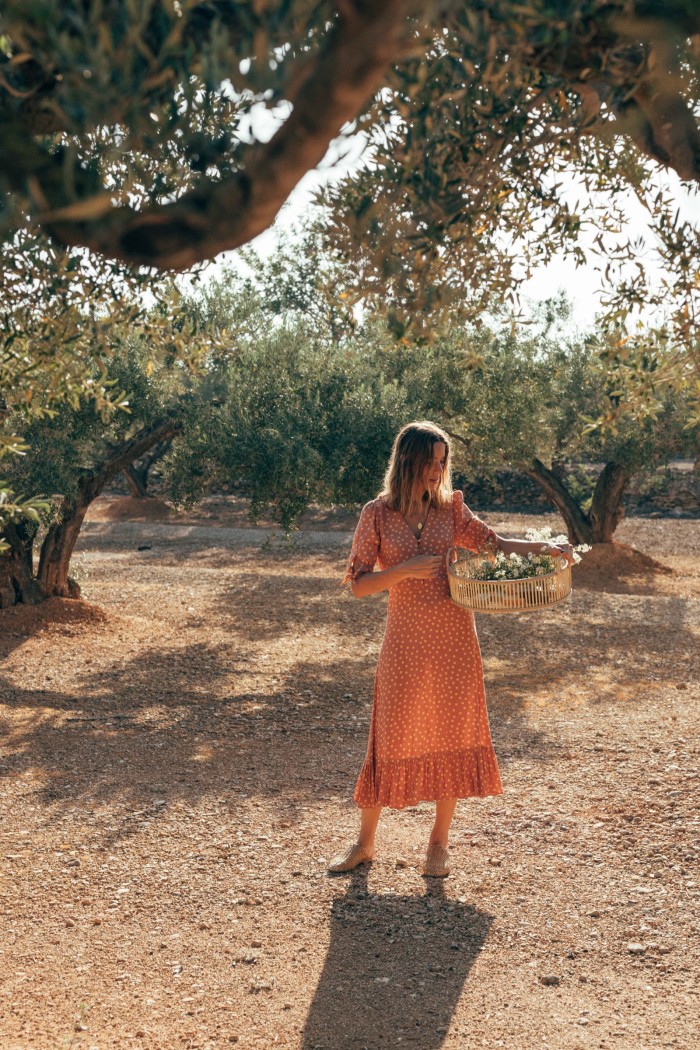
Nuria Val offers another hit of sunshine: the entrepreneur and former model behind the natural beauty brand Rowse invites us to visit the olive grove she bought five years ago with her partner in Cataluña, where she spends her weekends growing the kind of produce that inspires her plant-based range. I’m sure there are moments in winter when running a solar-powered farm might not be so enticing, but looking at the pictures, Val’s existence appears the ultimate idyll.
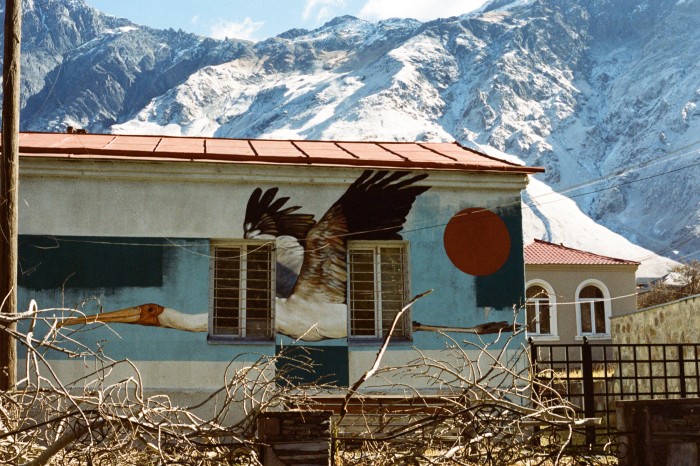
Less idyllic maybe, but no less fascinating, is Georgia, a country that is about as far as it is possible to travel in Europe. With borders touching both Russia and Turkey, the country straddles east and west along its meridian line. As such, it boasts an extraordinary culture, shaped by centuries of Ottoman, Persian and, more recently, Soviet rule. Baya Simons travelled there in November to observe the cultural renewal of a fledgling democracy ever mindful of its fragile border state, lying in the shadow of the war in Ukraine. She finds a country fuelled by a powerful creative resistance and extraordinary contrasts, reflected in its ancient churches, Soviet-era landmarks, unique menus and hedonistic raves.
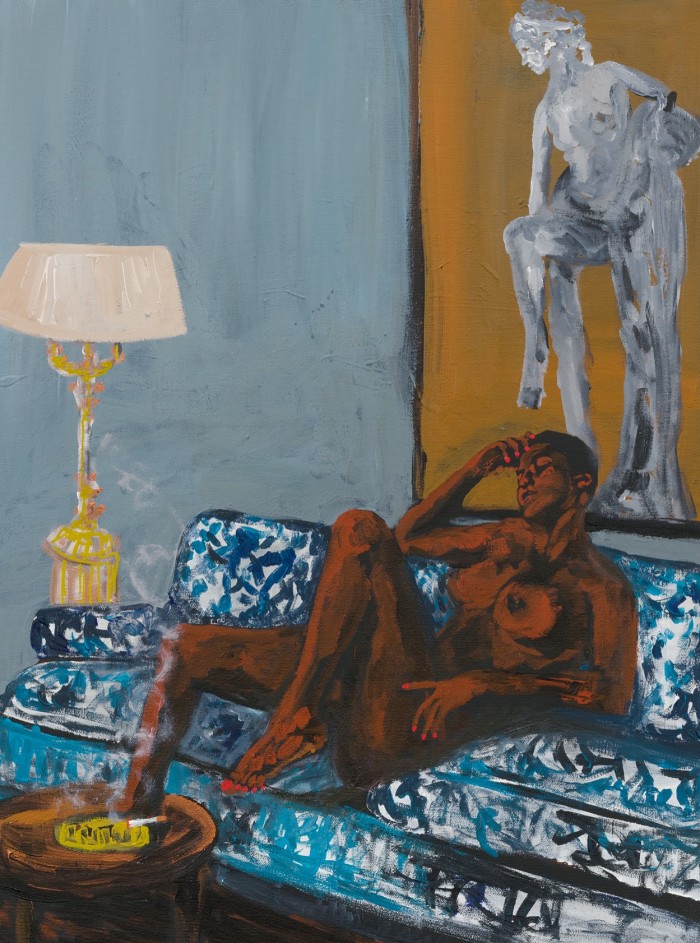
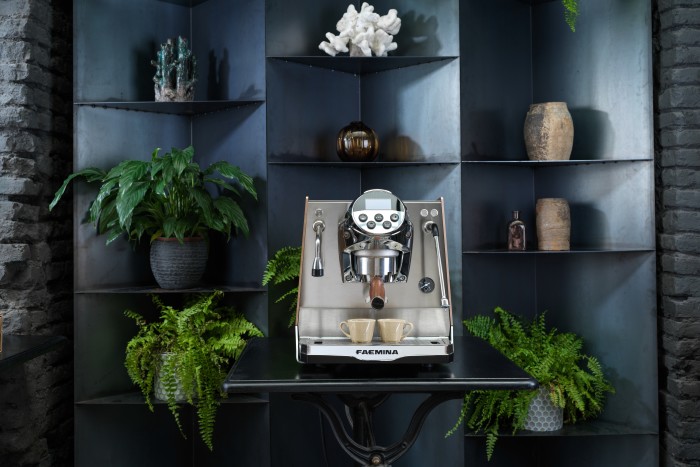
Lastly, coffee, which enthusiastic readers will know is a continuing obsession of mine. Especially now. This week, Rhodri Marsden looks at the latest generation of brewing gadgets – including the semi-professional set-up from Faema that has been conceived to fix your caffeine in a more domesticated realm. It’s priced at an impressive £4,570, so I would need some considerable persuading to be parted from my more rudimentary Bialetti Moka (£46), but I’ll happily partake in a taste-test challenge if anyone wants to invite me round.
For the best of HTSI straight into your inbox, sign up to our newsletter at ft.com/newsletters
Comments